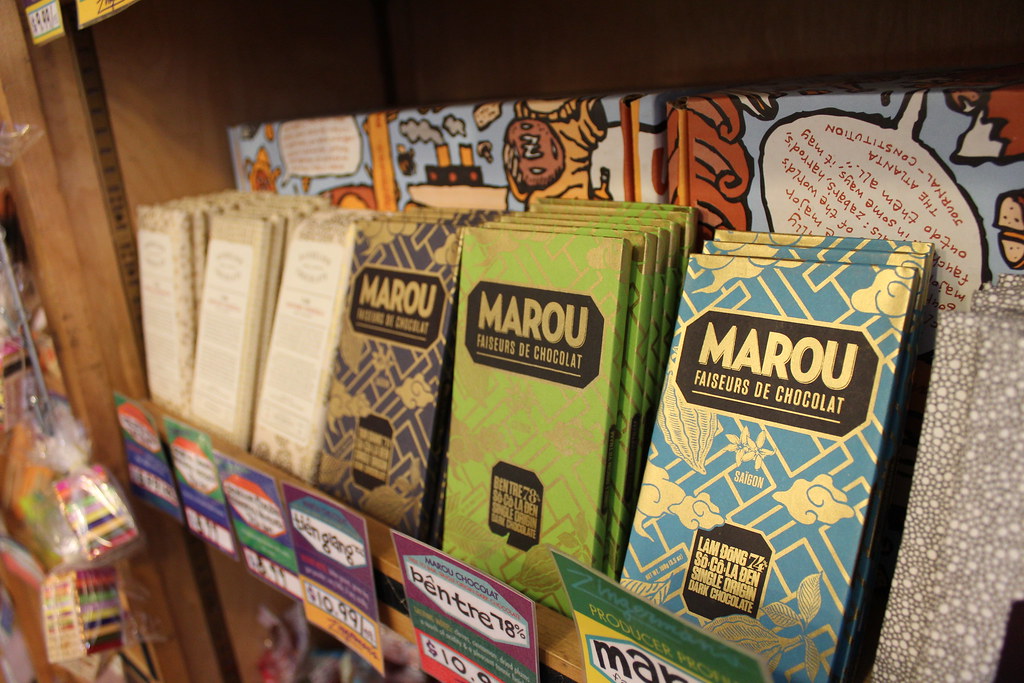According to the Washington Post, we eat too much chocolate—70,000 metric tons too much to be exact.
Last year, the world consumed 70,000 metric tons of cocoa, which is way more than we produced. Mars Inc. (the company behind Snickers, M&Ms, Milky Way and Twix) and Barry Callebaut (the world’s largest chocolate manufacturer that we have never heard of because it’s based in Switzerland) predict that the “chocolate deficit” will increase to 1 million metric tons as soon as 2020.
Blame Mother Nature. Regions along the Ivory Coast in West Africa, where a majority of the world’s cocoa is produced, are facing severe droughts and fungal diseases that have killed between 30-40% of global cocoa production. As a result, many cocoa farmers are abandoning cocoa for more stable crops.
Ebola isn’t helping either. Although the Ivory Coast has not been hit with the Ebola virus, many of the temporary workers in their cocoa fields commute from the effected countries nearby.
But the worldwide craving for chocolate is showing no signs of subsiding. Westerners are as hungry for chocolate as ever. Dark chocolate has become a trendy alternative to milk chocolate because of supposed health benefits, which means a greater strain on the cocoa market due to dark chocolate’s higher cocoa content. China’s growing affinity for chocolate is also increasing the demand.
Looking for a bright side? A research group in Central Africa is in the process of developing cocoa trees that can yield up to seven times the amount of beans grown on a typical cocoa tree. The catch is that it won’t taste as good.
The future could not look much dimmer for chocoholics. Until Mother Nature starts pulling her weight, demand will continue to outpace supply, deepening the deficit. So do a rain dance for the Ivory Coast and start stocking up on Hershey bars because chocolate may be on its way out.



